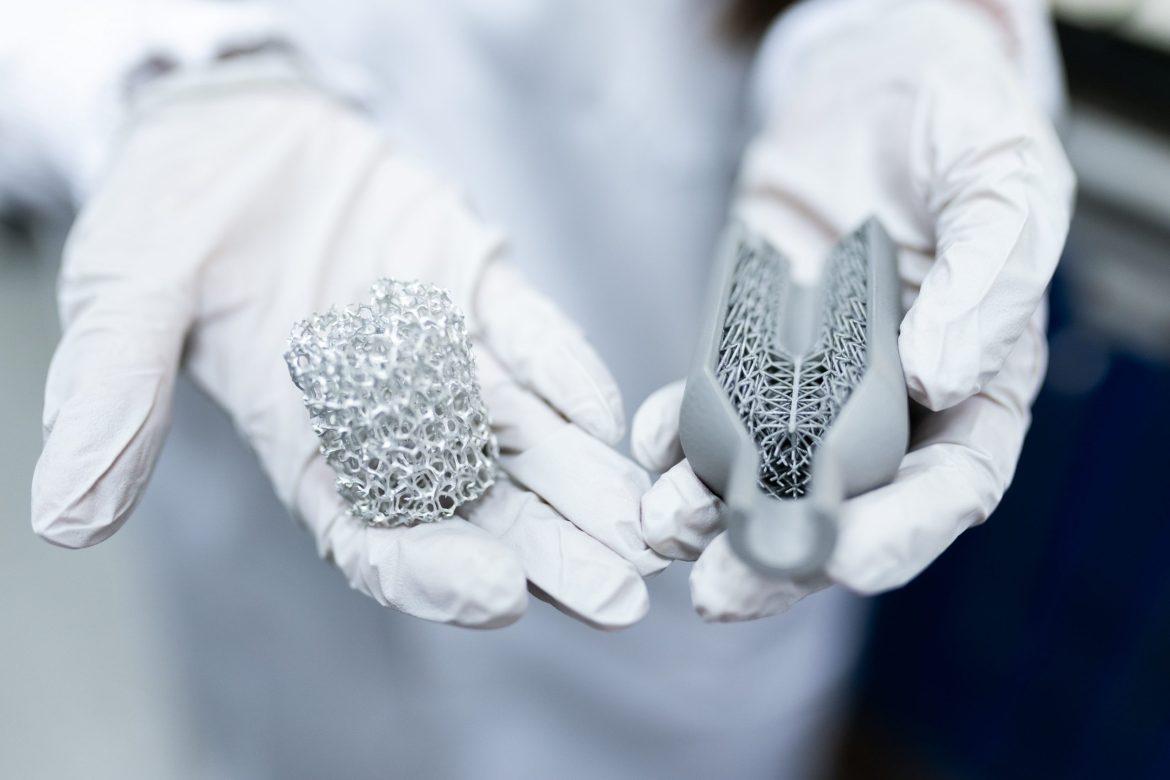3D printing, also known as additive manufacturing, has witnessed significant advancements in recent years. What was once a niche technology primarily used for prototyping has evolved into a versatile tool with applications across various industries. This article explores the latest developments in 3D printing materials and techniques, highlighting their potential impact on manufacturing, healthcare, aerospace, and more.
The Evolution of 3D Printing
A Brief Overview
3D printing is a process that creates three-dimensional objects by adding material layer by layer, as opposed to traditional subtractive manufacturing methods. It offers advantages such as reduced waste, design flexibility, and the ability to produce complex geometries.
Early Materials and Limitations
In the early days of 3D printing, materials were limited to plastics and resins. These materials had constraints in terms of strength, durability, and heat resistance, limiting the scope of applications.
Advanced Materials
Metal 3D Printing
One of the most significant breakthroughs in recent years is the emergence of metal 3D printing. This technology enables the production of high-strength, lightweight components for aerospace, automotive, and medical applications. Materials like titanium, aluminum, and nickel alloys are now compatible with 3D printing techniques.
Biocompatible and Medical-Grade Materials
In the healthcare sector, biocompatible and medical-grade materials have become essential. These materials are used to create patient-specific implants, prosthetics, and dental restorations. They offer superior compatibility with the human body and improved patient outcomes.
Advanced Polymers
Polymer-based 3D printing materials have also seen advancements. Engineering-grade polymers with enhanced mechanical properties, resistance to chemicals, and flame retardancy are now available. These materials find applications in automotive and industrial sectors.
Composite Materials
Composite materials, combining two or more distinct materials, are gaining popularity. These materials offer a unique combination of properties, such as strength, lightweight, and thermal conductivity. Carbon fiber-reinforced composites are used in aerospace and automotive industries.
Cutting-Edge Techniques
Multi-Material and Multi-Color Printing
Recent developments in 3D printing technology allow for multi-material and multi-color printing in a single build. This capability enhances the realism of prototypes and expands design possibilities.
Continuous Printing
Continuous 3D printing techniques, such as Continuous Liquid Interface Production (CLIP), offer faster printing speeds and improved surface finish. These methods are ideal for producing large parts with high accuracy.
Nanotechnology Integration
The integration of nanotechnology with 3D printing enables the creation of nanocomposite materials with exceptional properties. This has applications in electronics, optics, and advanced materials development.
Bioprinting
Bioprinting is a specialized technique that prints living cells and biomaterials. It has the potential to revolutionize regenerative medicine, tissue engineering, and drug testing. Researchers are exploring ways to 3D print functional organs and tissues.
Industry Applications
Aerospace and Defense
The aerospace and defense industries have adopted metal 3D printing for lightweight yet robust components. This technology reduces part count, minimizes weight, and enables rapid prototyping.
Automotive
In the automotive sector, 3D printing is used for rapid tooling, custom components, and lightweight structures. It aids in reducing vehicle weight and improving fuel efficiency.
Healthcare
3D printing has revolutionized healthcare with patient-specific implants, surgical guides, and anatomical models for medical training. Customized prosthetics and orthodontic devices are now more accessible.
Architecture and Construction
Architects and builders are exploring 3D printing for creating intricate architectural models and even constructing buildings. This technology has the potential to revolutionize construction by reducing waste and construction time.
Future Prospects
Sustainability
Sustainability is a growing concern, and 3D printing can contribute by reducing waste through on-demand manufacturing and the use of recyclable materials.
Mass Customization
3D printing enables mass customization of products, from consumer goods to medical implants. This can lead to more personalized and efficient solutions.
Collaborative and Distributed Manufacturing
The concept of distributed manufacturing involves decentralized production using 3D printers, reducing the need for centralized factories and long supply chains.
Conclusion
Advancements in 3D printing materials and techniques are reshaping industries and opening new possibilities. From aerospace to healthcare, this technology offers innovative solutions that improve efficiency, reduce costs, and minimize environmental impact. As research and development continue, 3D printing will likely play an increasingly integral role in the manufacturing landscape.

